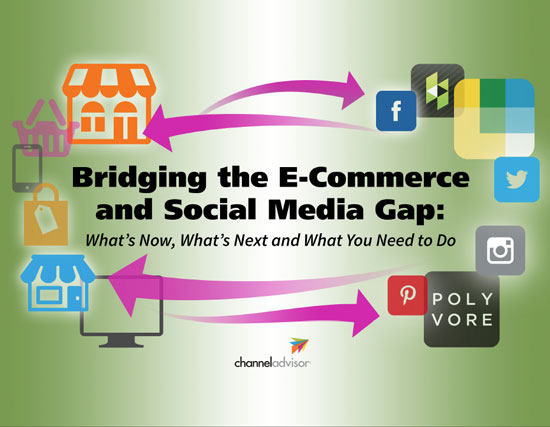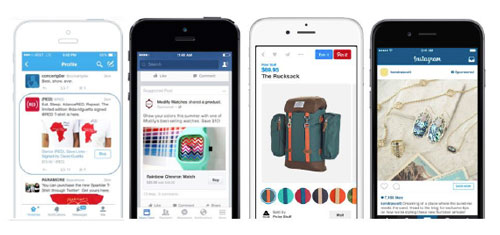
NEW YORK—Those who monitor developments in the fast-changing online, e-commerce realm, are communicating often lately about two big trends:
- E-comm is bolstered in a valuable way with a brick-and-click component. The convenience of learning and browsing and try on is enhanced by a real-life consumer experience served by knowledgeable associates. “Omni-channel” means connecting and serving customers in an effective way, regardless of mobile, online or physical.
- E-comm is increasingly being influenced by powerful social media platforms. And, this year and into next, we have started to see—and will see more—ways that platforms will start to offer buying options. Check out the helpful links about business on these platforms: Facebook, Pinterest, Instagram, Twitter, Snapchat and other platforms will offer service businesses, retailers and product companies new ways to utilize "purchase" buttons that are linked directly to e-comm purchase capabilities. In fact, just this week, it became clear through a post on its blog that Facebook is making a renewed effort to become a place for shopping directly from its app, going even further than the “Buy” button it started testing last year. The social network is adding a shopping section to its mobile application. The new area will be available in the same menu as "Events" and "Groups."
The growing connection between social and digital commerce is explained in a new report by Channel Advisor. It’s called "Bridging the E-Commerce and Social Media Gap: What’s Now, What’s Next and What You Need to Do." Notes the authors, “While the lines between e-commerce and social media are beginning to blur in some ways, a distinct gap between the two remains. Both social platforms and retailers alike are trying to figure out the best ways to leverage social media’s massive popularity for e-commerce. Where does your online business currently stand? Have you bridged the gap? Or are your social strategies antiquated and ineffective? The best thing you can do as a retailer is keep your ear to the changing social landscape and make sure your business is agile enough to adapt to new features, devices and channels as they come.”
The report is available here for a free download. Along with making the point that business’ social media participation needs to be revisited and updated—even before they consider the new "social buy buttons,” the report walks the reader through what the social media world looks like right now, the e-commerce trends seen making an impact on social media strategies in the future and the many ways people can bridge that shrinking gap between e-commerce and social.

Channel Advisor points out, “The most important thing to keep in mind is knowing your audience. What demographic are you trying to reach with a particular post? Young? Older? What platforms are they using? What platforms would they be most likely to share the post on? Or purchase an item? Although ‘knowing your customers’ is a long-established rule of marketing, it’s especially important when it comes to the fast-moving, multifaceted world of social media.”
The report states, “Social media is no longer just about sending traffic to your website. Very soon, many customers will be making transactions directly on social platforms. This means that the way you build your brand awareness on social is all the more critical, as it may be the only experience consumers have with your brand before deciding to purchase.”
The e-book offers a “Best Practices Checklist” for such social media platforms as Facebook, Twitter, Instagram and Pinterest. It also explores and points out the ways that such online shopping “community” sites like Polyvore, Houzz and Wanelo are leveraging the likes and recommendations of its participants to influence direct purchases—and users’ ideas and plans for future purchases.